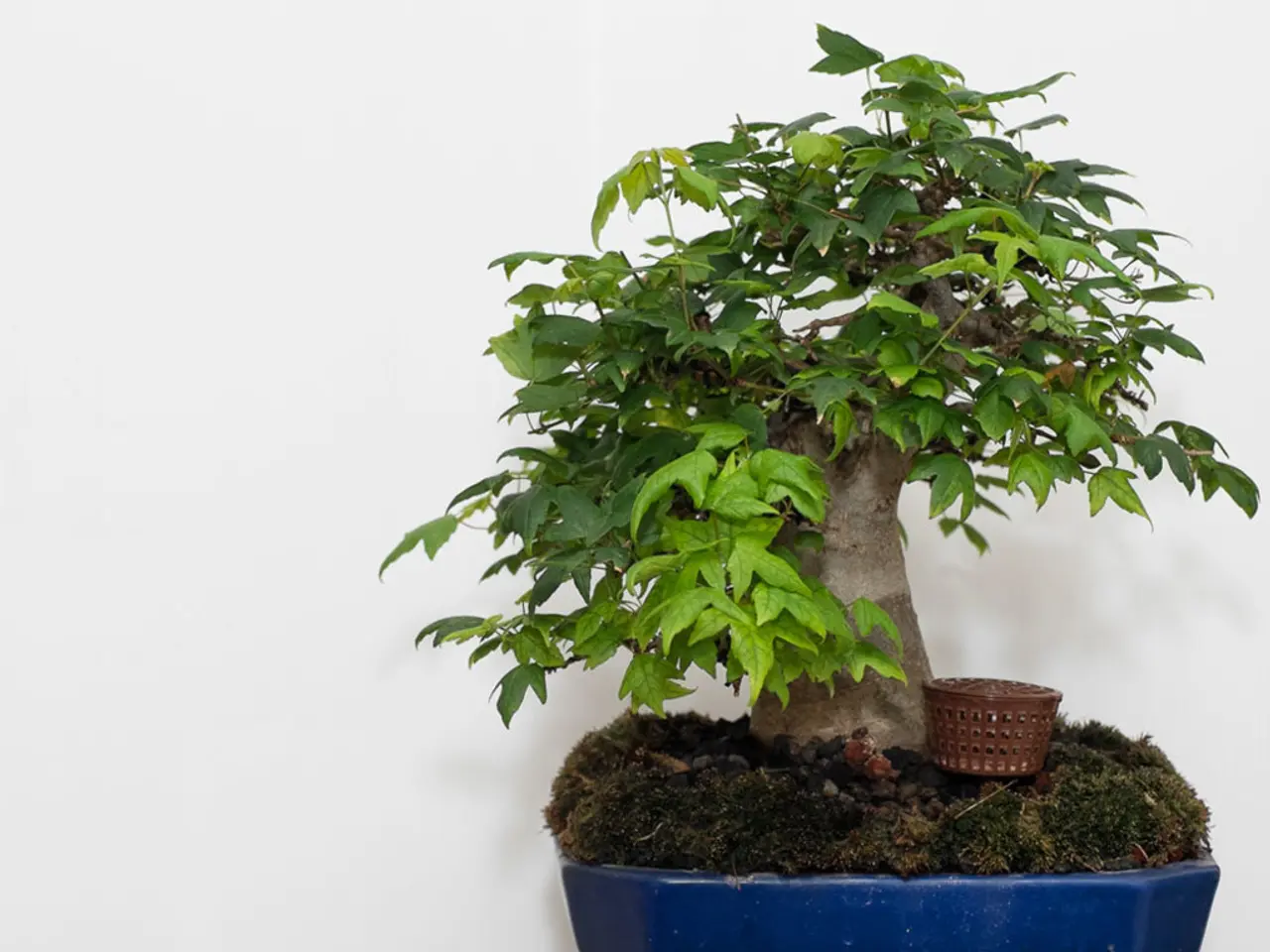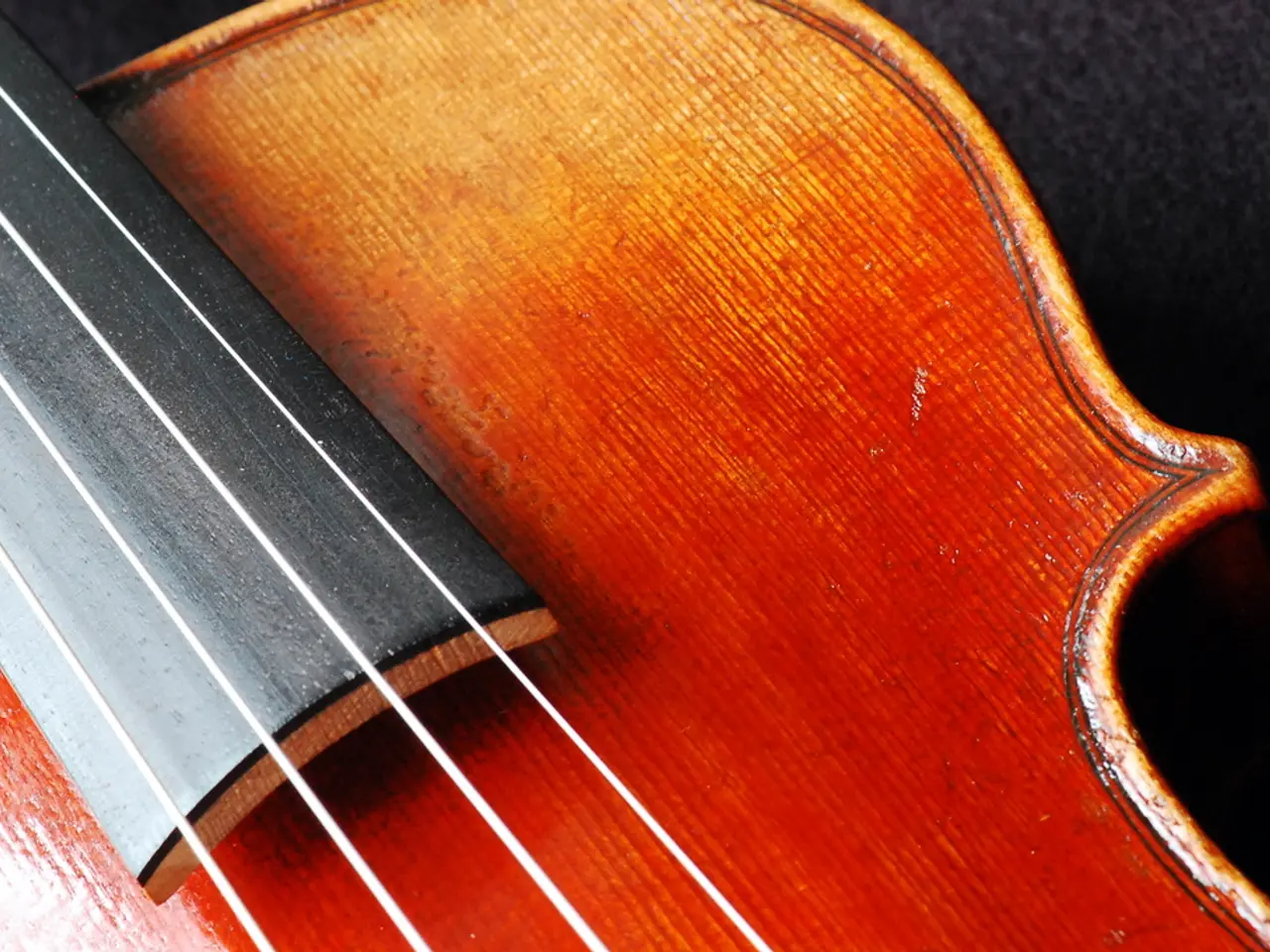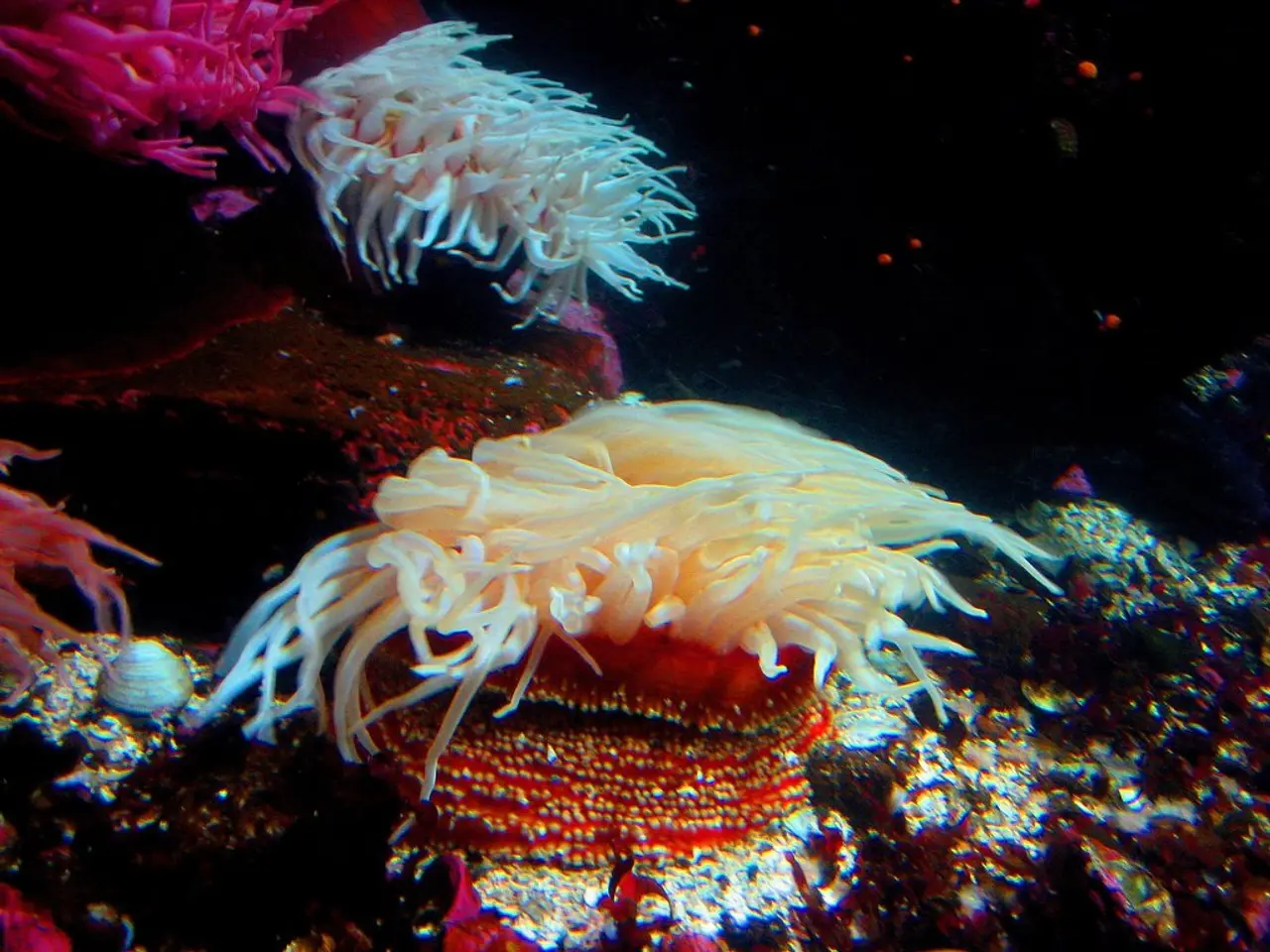The rationale behind using shallow pots for Bonsai trees
Bonsai trees, renowned for their miniature yet stunning beauty, thrive in shallow pots. These shallow containers offer several key advantages in bonsai cultivation, making them essential for maintaining the delicate balance needed in bonsai care.
Root Control and Aesthetics
One of the primary benefits of shallow pots is their ability to limit the growth of the root system, allowing bonsai enthusiasts to control the size of the tree and maintain its miniature form. The shallow depth prevents roots from growing too extensively downward, forcing them to spread horizontally. This root structure, often called nebari, contributes to the tree’s stability and visual appeal.
Water and Nutrient Management
Since bonsai trees have restricted soil volume in shallow pots, the roots stay closer to the surface where watering and fertilizing are more easily managed. This allows the grower to maintain careful control over water retention and nutrient levels, ensuring the tree doesn’t get overwatered or nutrient-starved.
Aesthetic Balance
The pot's size and depth are chosen to complement the tree’s size aesthetically, enhancing the miniature tree’s visual impact. Shallow pots provide a proportional balance that makes the bonsai look realistic and well-composed, contributing to the overall artistry of bonsai design.
Enhanced Pruning and Shaping
The confinement of roots in shallow pots naturally stresses the tree just enough to encourage the dense branch and foliage growth desired in bonsai. This stress helps the tree respond well to pruning and wiring techniques that shape its form over time.
Choosing the Right Pot Material
While shallow pots are crucial, the material used for the pot also plays a significant role in bonsai cultivation. Clay or ceramic pots offer excellent breathability and moisture retention, making them popular choices for bonsai enthusiasts. Wooden containers create a naturalistic look for bonsai displays and are what is traditionally used in the bonsai art. Porcelain or glass containers offer a stunning contrast against the rugged beauty of bonsai trees but are fairly fragile.
When choosing a pot material, consider factors such as aesthetics, practicality, durability, and maintenance requirements. For instance, plastic pots provide good drainage and insulation properties, making them suitable for both indoor and outdoor use.
Maintaining Good Drainage
Drainage holes in bonsai pots allow excess water to escape, preventing root rot and promoting healthy growth. If a bonsai is not draining properly, check for clogged drainage holes or resize them if necessary. Proper drainage is essential for maintaining optimal moisture levels in bonsai trees.
The Bonsai World platform aims to equip users with everything needed to grow and maintain a beautiful bonsai tree. By understanding the importance of shallow pots and the various pot materials available, bonsai enthusiasts can create a stable, healthy miniature tree ecosystem within a limited space.
Shallow pots, essential for bonsai cultivation, not only allow for root control and aesthetic balance by limiting root growth and complementing the tree's size, but also facilitate water and nutrient management due to the proximity of roots to the surface. Additionally, the chosen pot material, such as clay, ceramic, wooden, porcelain, glass, plastic, or other options, significantly impacts bonsai growth, aesthetics, and overall health, requiring careful selection considering factors like breathability, moisture retention, durability, and maintenance requirements.




